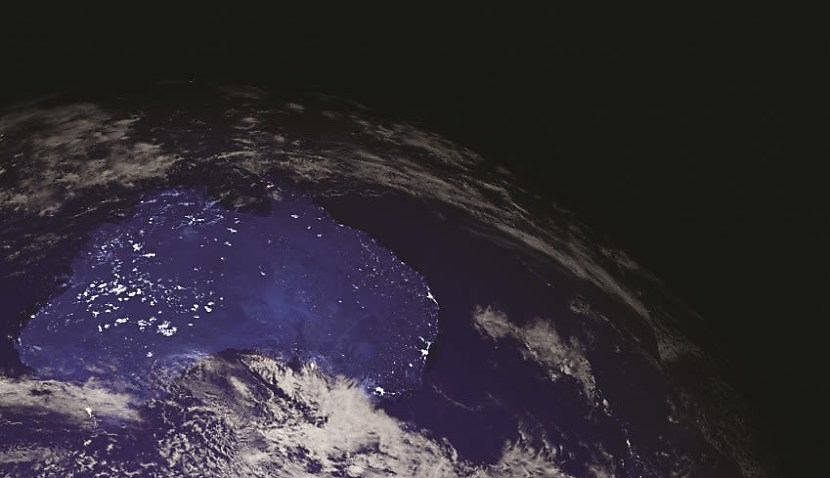
In a statement released on Monday afternoon, Jeremy Hallett predicted there would be job losses as a result and lamented the time lost by companies that worked on the proposals since 2017.
“While other OECD nations see sovereign space capability as critical to creating high-tech, high-value jobs and a military advantage, in our own backyard we seem to be doing the exact opposite,” he said.
Space Connect reported on Monday how the government would sensationally axe the “JP 9102” project to deliver a new military satellite communication capability for Australia.
The news significantly followed last year’s controversial cuts to the space sector, including abolishing the $1 billion National Space Mission for Earth Observation (NSMEO).
Following the initial report in The Australian, the federal government confirmed the news, but said the decision was because the planned single orbit GEO-based satellite communications system would not “meet strategic priorities”.
It said Defence would instead prioritise “a multi-orbit capability” and that its current satcom capabilities already supported Australia’s immediate needs.
The statement, which was just 187 words, thanked winning prime Lockheed Martin and said the company “continues to be a highly valued industry partner”.
The SIAA, though, said Australia “needs to become a contributor of space capabilities” and not just “an idle consumer from our international partners”.
“This is needed to achieve a level of strategic autonomy and resilience that is fundamental to securing future economic and national security,” it said.
“Owning and operating significant military space infrastructure in the Indo-Pacific as part of a multi-orbit architecture would have achieved this, and provided meaningful contribution into AUKUS Pillar 2, the advanced capabilities of which cannot function without space capability.”
Hallett said that he could “only assume” there would be job losses as a result of this decision and lamented the time lost by companies that were involved for up to eight years.
“I am sure some companies will seriously consider the business case for dealing with Defence as a customer in the future, which I worry will mean our warfighters will miss out on homegrown innovations that can make a difference on the battlefield,” Hallett said.
JP 9102 was only signed off just 18 months ago, with prime contractor Lockheed Martin beating big hitters including Boeing, Northrop Grumman Australia, and Optus to become the “preferred tenderer”.
However, it’s unknown whether Lockheed formally had the final contract signed after it entered the last formal stages of negotiation.
If approved, JP 9102 would have created more than 200 direct jobs, while Lockheed Martin itself pressed ahead with making key appointments for its staff to oversee it.
The plan would have seen the launch of a new geostationary satellite alongside multiple ground stations and an advanced satellite management system, creating secure communications that the ADF would have used.
The separate axing of the $1 billion NSMEO led to Swinburne University professor Alan Duffy telling journalists the cuts had a “chilling” effect on the industry, while Equatorial Launch Australia CEO Michael Jones said the sector was a low priority for the government.

Adam Thorn
Adam is a journalist who has worked for more than 40 prestigious media brands in the UK and Australia. Since 2005, his varied career has included stints as a reporter, copy editor, feature writer and editor for publications as diverse as Fleet Street newspaper The Sunday Times, fashion bible Jones, media and marketing website Mumbrella as well as lifestyle magazines such as GQ, Woman’s Weekly, Men’s Health and Loaded. He joined Momentum Media in early 2020 and currently writes for Australian Aviation and World of Aviation.
Receive the latest developments and updates on Australia’s space industry direct to your inbox. Subscribe today to Space Connect here.








